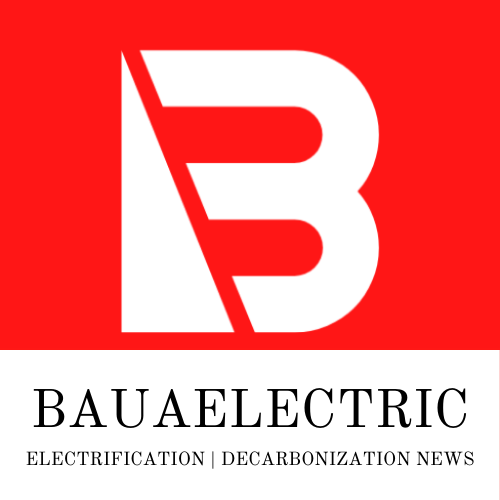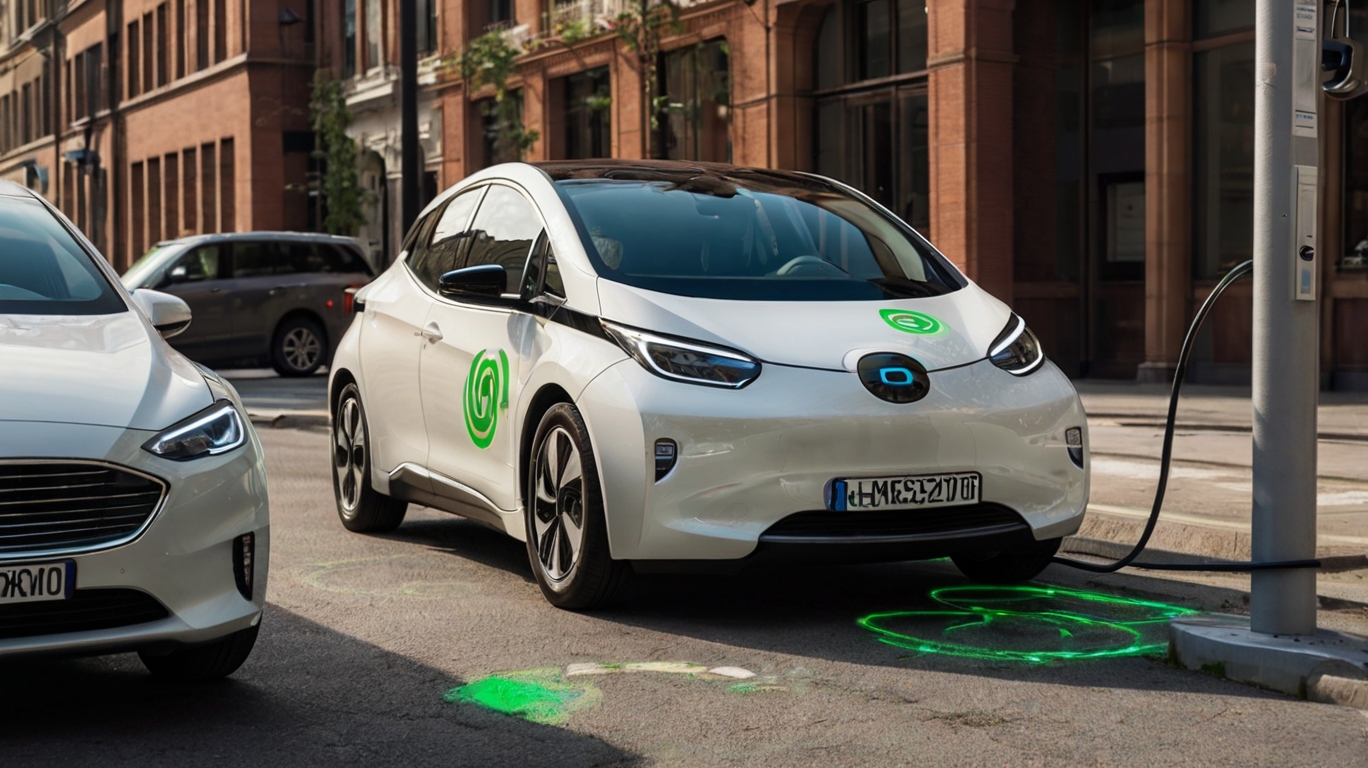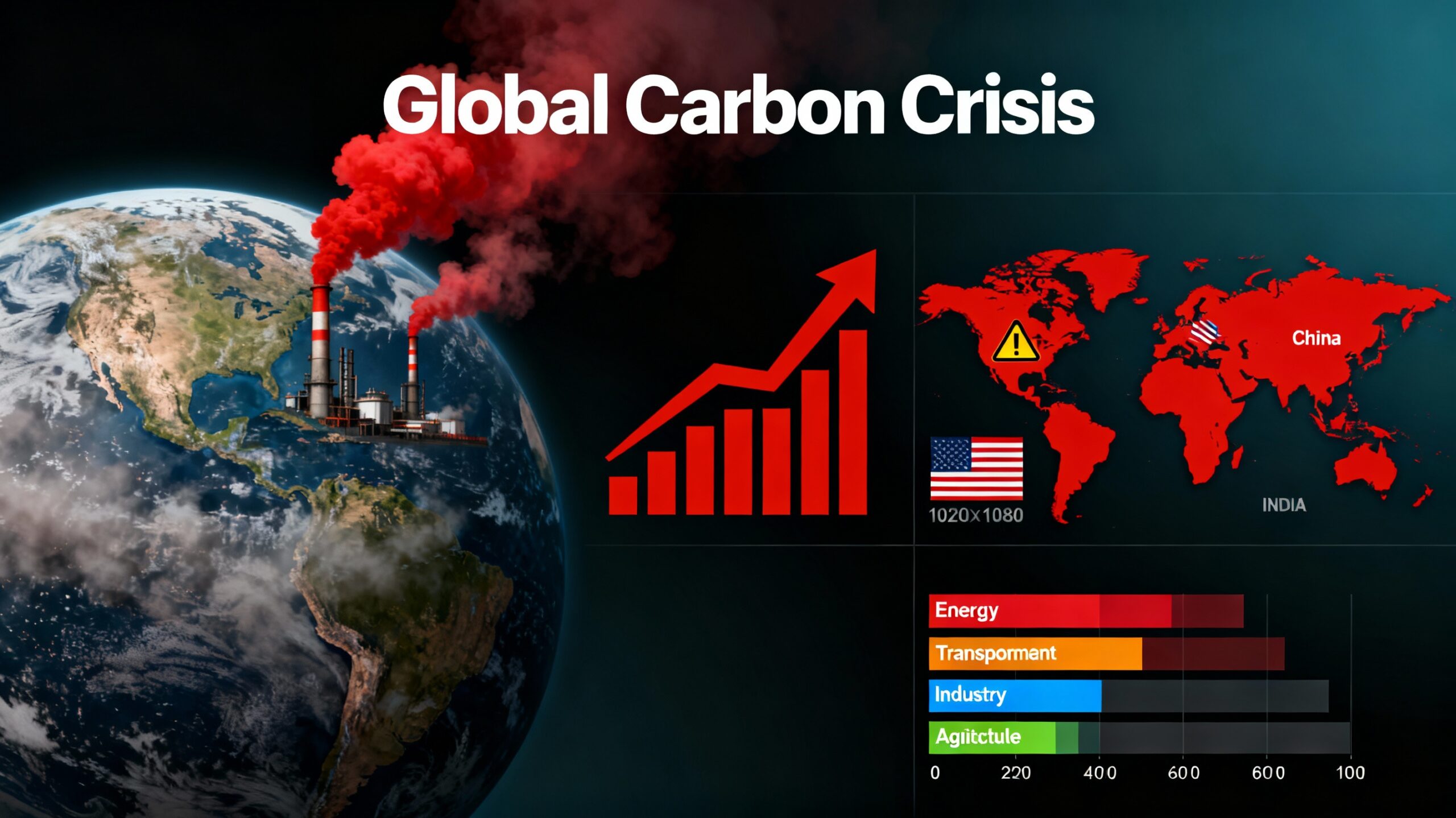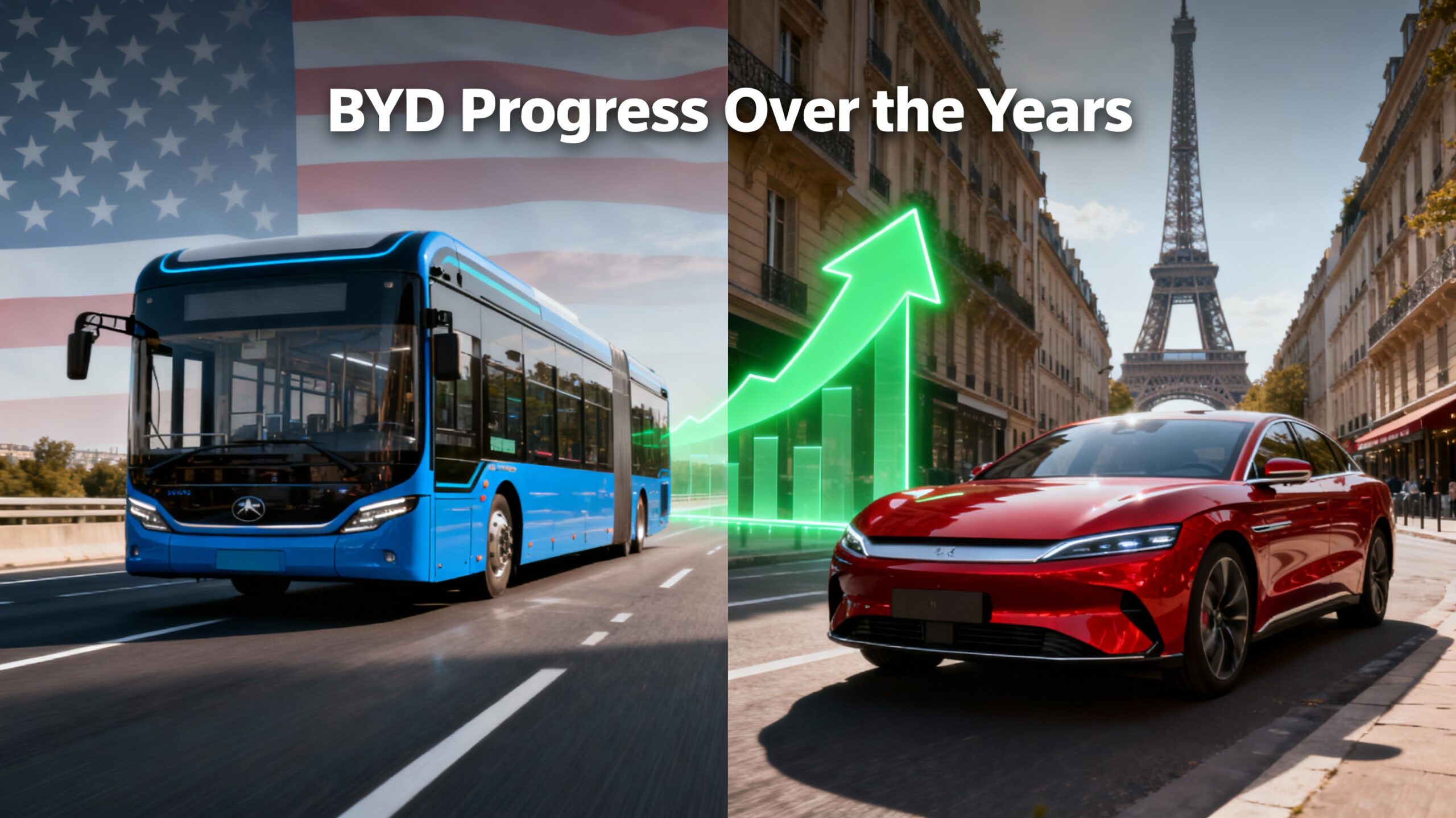In a landmark move toward futuristic transportation, cities and highways across Europe and North America have begun testing and deploying large-scale wireless charging systems for electric vehicles (EVs), marking a turning point in how drivers power up on the go.
This week, Oslo, Chicago, and a key corridor of Germany’s Autobahn became the latest regions to activate inductive wireless charging lanes—sections of roadway embedded with coils that transmit power directly to EVs while they’re moving or stationary. The deployments signal a new phase in electric mobility, blending energy infrastructure with transportation networks in real time.
“Wireless EV charging is not just a technical experiment anymore—it’s becoming a practical part of urban infrastructure,” said Dr. Selina Nguyen, transportation electrification researcher at the Global Urban Mobility Institute. “It promises to eliminate range anxiety and transform the EV user experience.”
The Technology: How It Works At the heart of this innovation is inductive charging, a process that transfers electricity wirelessly through electromagnetic fields. Charging pads embedded beneath roads or parking spaces generate an oscillating magnetic field. When a vehicle equipped with a compatible receiver drives over it, the field induces a current, charging the vehicle’s battery without plugs or cables.
Recent upgrades in coil design, magnetic shielding, and power electronics have boosted efficiency levels to as high as 92%, rivaling traditional wired systems. Moreover, smart grid connectivity allows dynamic charging only when a vehicle is present, preventing energy waste.
“This is next-generation infrastructure,” explained Marcus Henrich, CTO of VoltRoad, the German startup leading the Autobahn pilot project. “It’s clean, silent, and invisible—but always working beneath the surface.”
Citywide Integration: The Oslo and Chicago Models In Oslo, a city known for its aggressive electrification policies, officials have begun rolling out inductive charging in high-traffic taxi lanes and city bus terminals. The project, developed in partnership with ENRX Nordic and supported by Norway’s energy agency Enova, includes wireless charging pads at key intersections and designated pick-up points, allowing taxis to recharge briefly between rides.
“Instead of plugging in for 30 minutes, taxis top off their battery while waiting for passengers,” said Lars Mikkelsen, Director of Oslo’s Smart Transport Office. “It saves time, increases fleet uptime, and reduces street clutter from charging stations.”
Meanwhile, in Chicago, the Department of Transportation has launched PowerDrive, a public-private initiative installing inductive chargers in curbside parking spaces, municipal lots, and select roadways. The goal is to support high-use vehicles—taxis, rideshares, delivery vans—by allowing frequent, short-duration charging throughout the day.
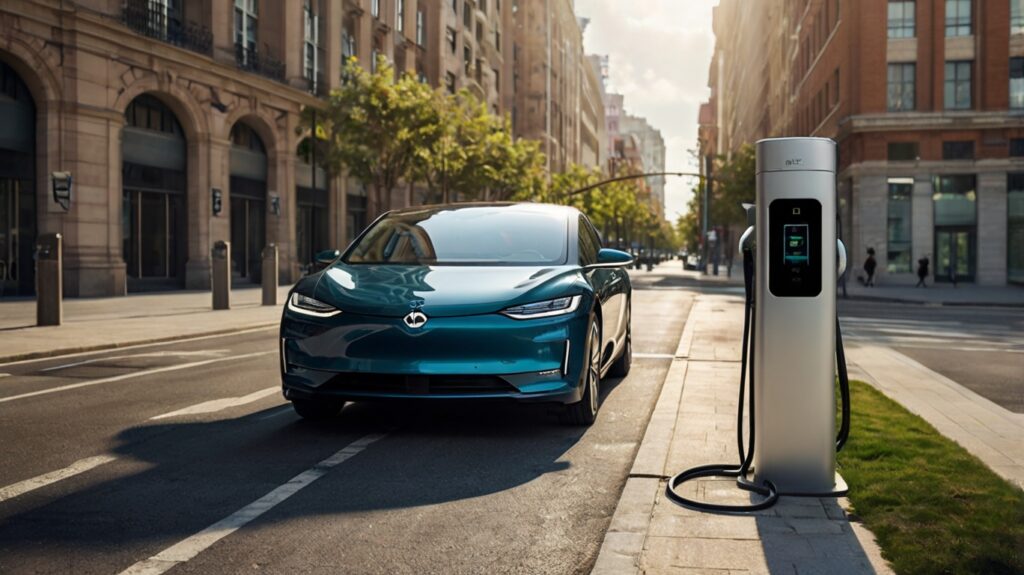
“We’re embedding EV charging where drivers already spend time,” said Deborah Vance, Chicago’s deputy commissioner for mobility. “This is about equity, convenience, and scaling electrification without overwhelming the grid or streetscape.”
Initial data from both cities show promising results: usage rates for wireless-equipped EVs increased by 23%, with drivers reporting less downtime and fewer battery-related disruptions.
Highway Trials: Germany and Michigan Lead On the highway front, Germany has launched a 5-kilometer test segment of the Autobahn A9 equipped with continuous wireless charging for commercial trucks and buses. The pilot, led by VoltRoad and supported by the German Federal Ministry of Transport, is the world’s first high-speed inductive charging corridor capable of delivering up to 200 kW dynamically—enough to charge a heavy-duty vehicle while cruising at 100 km/h.
The U.S. is following close behind. Michigan’s Department of Transportation (MDOT) has partnered with Israeli tech firm Electreon to deploy a 1-mile wireless charging stretch in Detroit, due to go live by late 2025. The project, located near the Ford Mobility Innovation District, will test vehicle interoperability, load balancing, and road durability under real-world conditions.
“This is where transportation and energy converge,” said Tommy Ortega, MDOT’s EV infrastructure lead. “We’re not just building roads—we’re building intelligent energy networks.”
Research Focus: Efficiency, Scalability, and Standardization While inductive charging is not new, recent breakthroughs are addressing its longstanding limitations—chiefly efficiency, cost, and interoperability.
Research at the University of California, Berkeley, has pushed the efficiency envelope, achieving wireless energy transfer rates exceeding 250 kW with less than 8% energy loss. Meanwhile, modular designs and automated alignment systems are reducing installation complexity and cost by as much as 40%.
Another area of focus is standardization. The SAE International J2954 standard, finalized in 2024, now provides a global framework for wireless charging interoperability. This allows EV makers, city planners, and infrastructure providers to adopt a common protocol—critical for scalability.
“Standardization is the turning point between niche deployments and mass rollout,” said Prof. Elena Hsu, co-author of the J2954 standard. “Now, whether it’s a city bus or a delivery van, systems can work together seamlessly.”
Environmental and Economic Impacts In addition to convenience, wireless EV charging supports broader climate and urban goals. By reducing dependence on large fixed charging stations, cities can free up real estate and reduce grid congestion through distributed charging models.
Early life-cycle assessments show wireless systems can reduce urban CO₂ emissions by up to 15% when integrated with renewable energy grids and dynamic fleet charging schedules.
From an economic standpoint, the technology opens up new revenue streams. Municipalities and highway agencies can license charging lanes or partner with utilities to manage dynamic energy delivery and pricing.
“Charging becomes a service embedded in mobility,” said Dr. Nguyen. “It’s no longer an add-on—it’s part of the road itself.”
Looking Ahead Despite rapid progress, experts caution that widespread adoption will depend on continued public-private partnerships, smart urban planning, and further reductions in system cost.
Still, the momentum is undeniable. With wireless charging now being woven into the urban fabric and highway systems alike, the EV ecosystem is evolving toward a plug-free future—where drivers simply park or drive as usual and leave the charging to the road beneath them.
“Infrastructure is destiny,” said Chicago’s Vance. “The decisions we make today will shape how we move, live, and breathe tomorrow. Wireless charging is a cornerstone of that future.”
